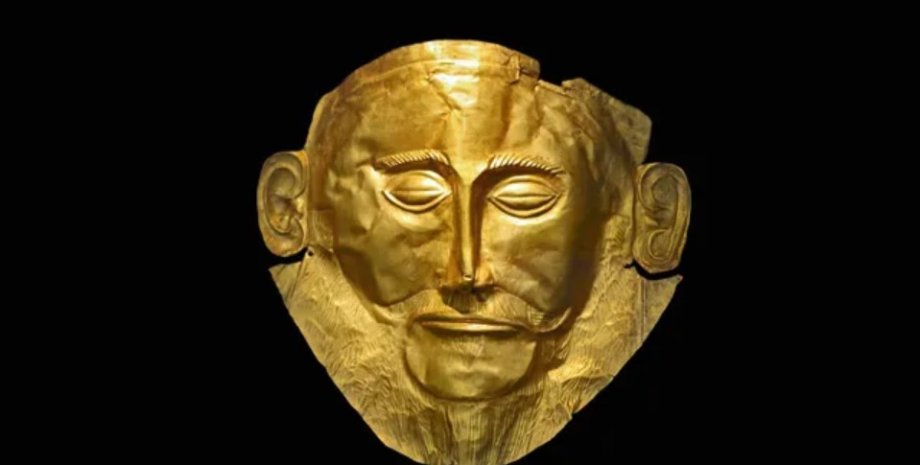
 By Victor Duda
By Victor Duda
In "Iliad", Homer was Agamemnon who headed the Achaean (Greek) siege of Troy, he is also present in the "Odyssey" of Homer and ancient Greek plays. In his works, Homer wrote that Agamemnon had ruled in Myrena, so Schliman called his find "Agamemnon Mask". In focus. Technology has appeared its Telegram channel.
Subscribe not to miss the latest and most intrusive news from the world of science! The style of the posthumous mask and further archaeological studies on the island of Peloponnese denied Schliman's theory. Studies have shown that the mask was made in about 1500 BC. This means that a posthumous mask was created hundreds of years before Agamemnon could live. Some scientists suggest that a gold mask could be made even earlier.
The artifact itself is made of a thin sheet of gold and assumed that it repeats the features of the deceased's face. The mask was found in the royal tomb, where scientists found the remains of eight people. All of them were buried with weapons, but only five were posthumous gold masks. Archaeologists believe that the presence of a gold mask indicated the high status of the deceased. In the Bronze Age, Mycenets inhabited all South Greece after about 1750 BC.
These people used the early Greek to communicate, and in general, the Mycenae was a huge influence by the Minoan Crete Creite. Schliman believed that in the "Iliad" the Myceans were called the Achaeans, and the remains found by him confirm the reality of the Trojan War. Indeed, some Mycenae's monuments correspond to the Achaean kingdoms that are described in the Iliad. But modern archaeologists believe that Mycena's civilization has fallen around 1200 BC.










All rights reserved IN-Ukraine.info - 2022